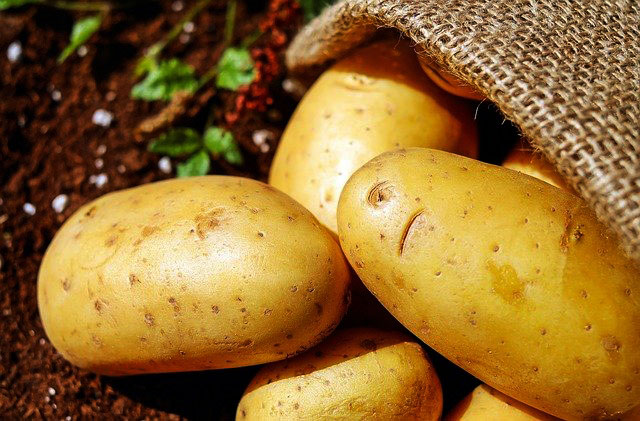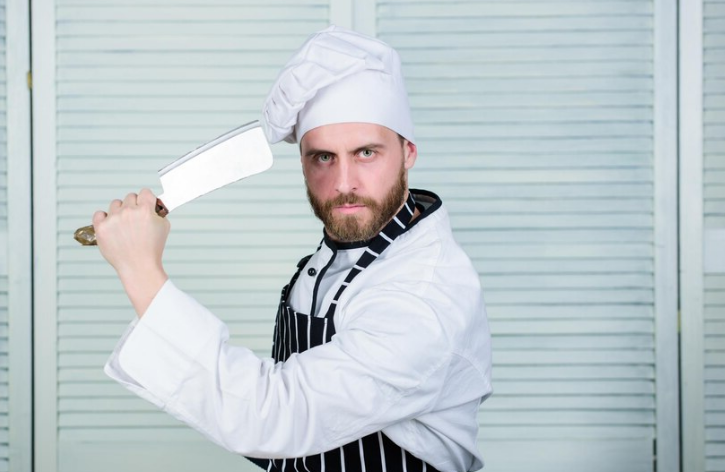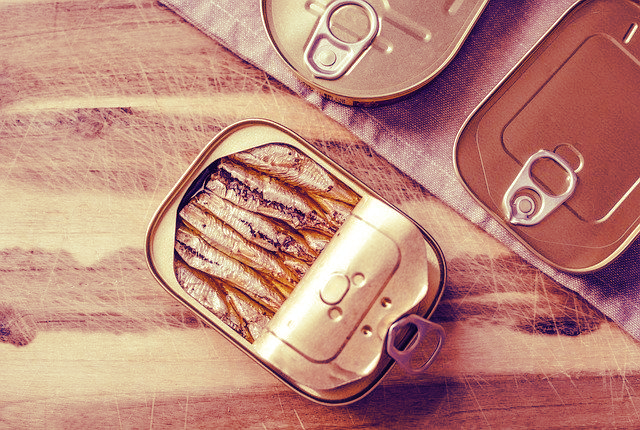Tricky question, really. It’s more a matter of equipment and temperature than ingredients. There are two types of smoking - cold smoking, which occurs at temperatures of less than 85°F (30°C), and hot smoking, which takes place between 120° and 180°F (50° and 82°C). In between the two is a kind of no-man’s land, and above 180° is not smoking, but cooking.
Whichever kind of smoking you intend to do, you need a source of heat and smoke, a chamber in which the food is smoked, and a source of air. The air enters at the bottom of the smoke chamber, mingles with the smoke, swirls about imparting the smoky flavor to the food, draws off some of the moisture from the food, and exits through a vent. At the end of the process, the food has picked up the smoky flavor and been dried somewhat.
Cold smoking is a big deal, is used for hams, bacon, some sausages and some fish, involves some kind of mechanism that allows you to cool the smoke before it reaches the food, and can take upwards of two weeks from start to finish. Hot smoking involves some cooking, and, in the case of fish, usually is enough to cook the food thoroughly. Some other hot-smoked foods need additional time in the oven to finish cooking.
There are lots of commercial smokers on the market, but you can also use a barbecue grill by adding wood chips to produce the smoke, as long as you can keep the temperature in the right range. Purists will say you’re mostly cooking instead of mostly smoking, but you don’t have to invite them to share your fish.
Lue and Ed Park, authors of The Smoked-Foods Cookbook, suggest that you brine the fish, then let it air dry until it acquires a pellicle, that is, a thin glaze that forms on the outside of the fish and gives it flavor. It can be dried indoors our out, but not in the sun. Also, since a cool breeze helps the drying process, you can put it in front of a low-speed fan. After that, it can be smoked, and the duration of the brining, drying, and smoking depend on both the type of fish you have and what you’re using as a smoker.
The Parks also note the smoking is not an exact science. They want you to add smoking to your cooking repertoire and experiment as you go along with different woods, temperatures, and smoking times until you’ve got the process mastered.
an example, the Parks provide this recipe for Garden in a Fish, which smokes 5 pounds of whole, cleaned fish.

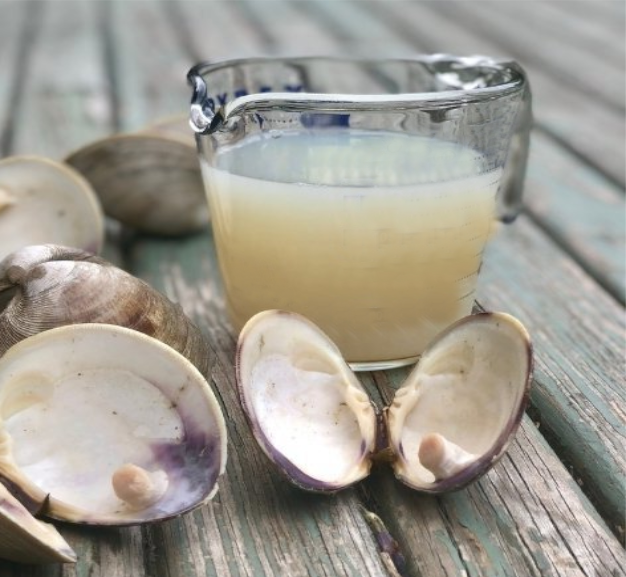


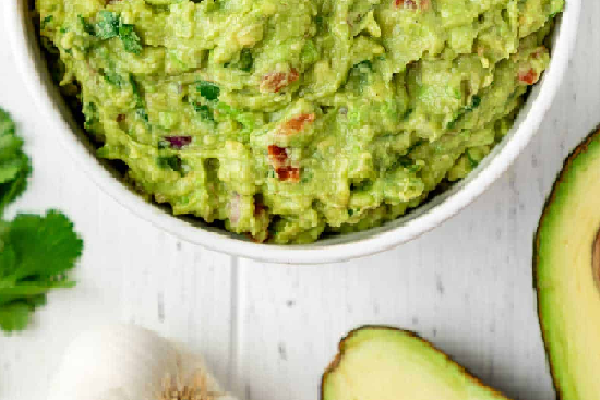



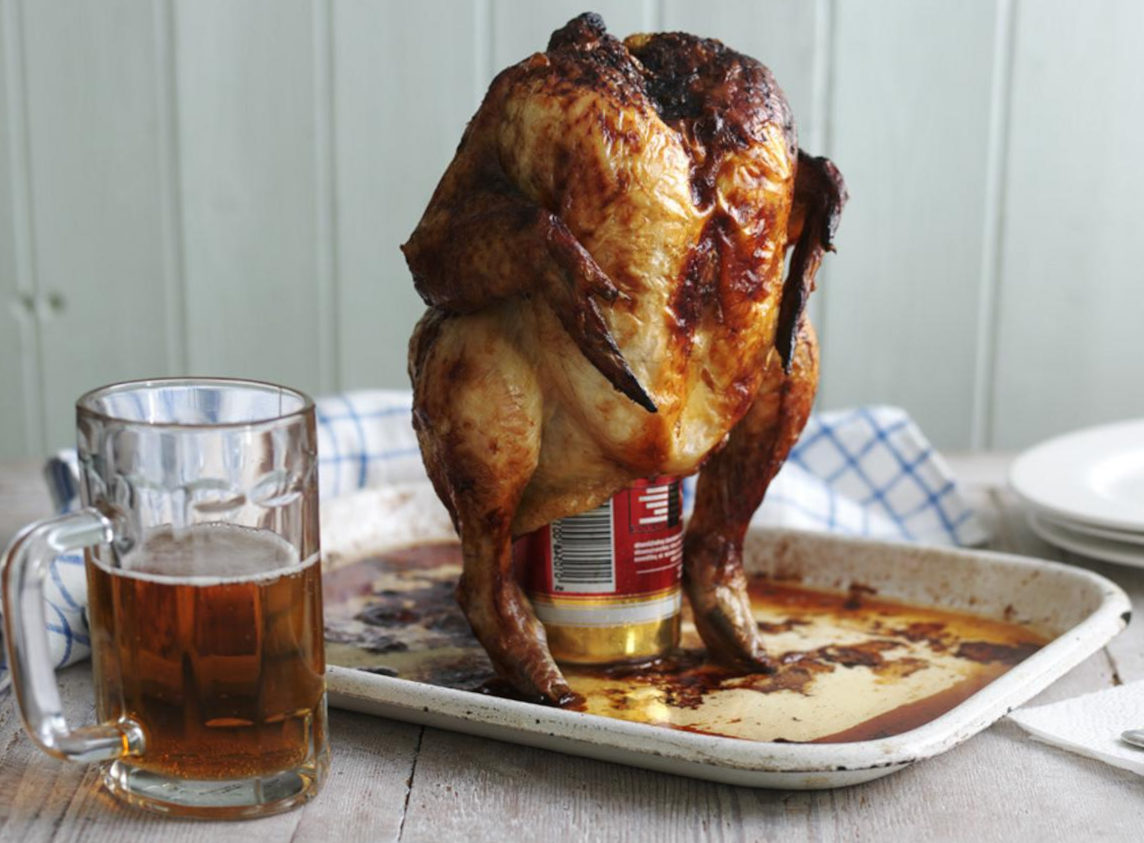

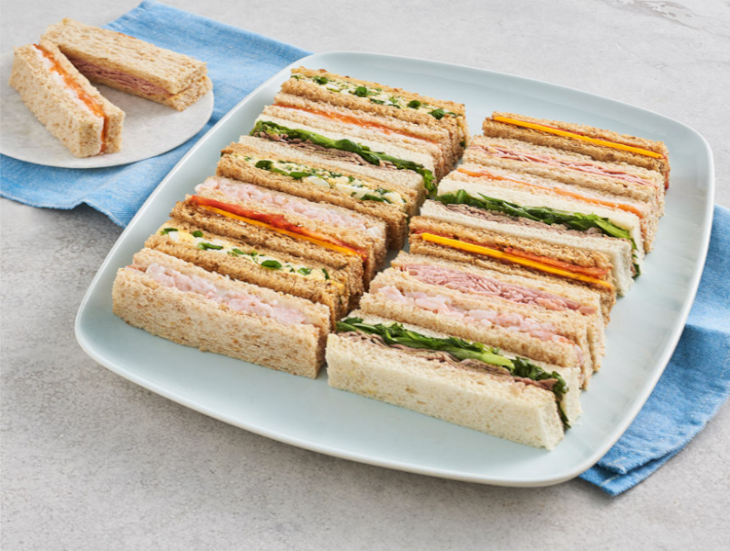



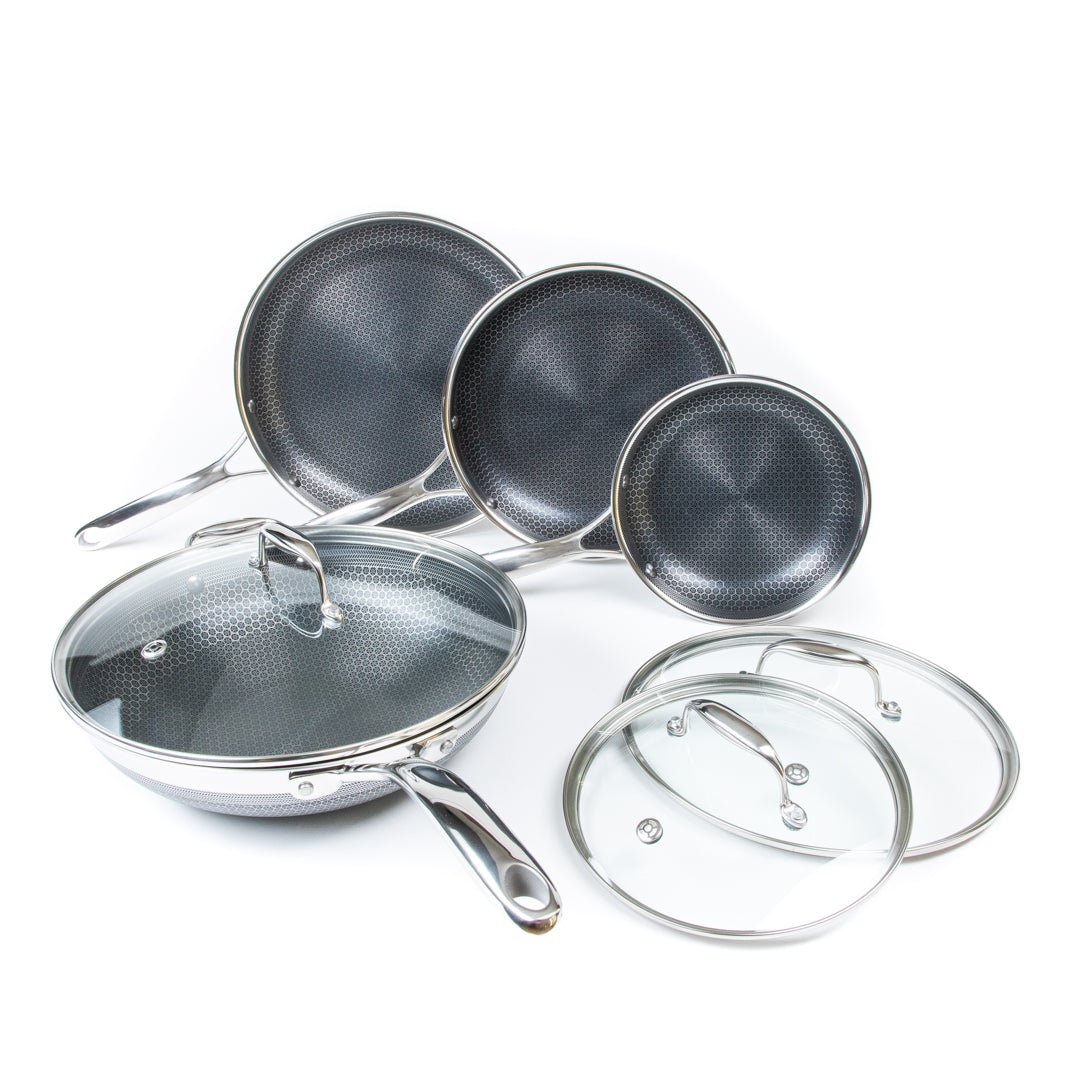


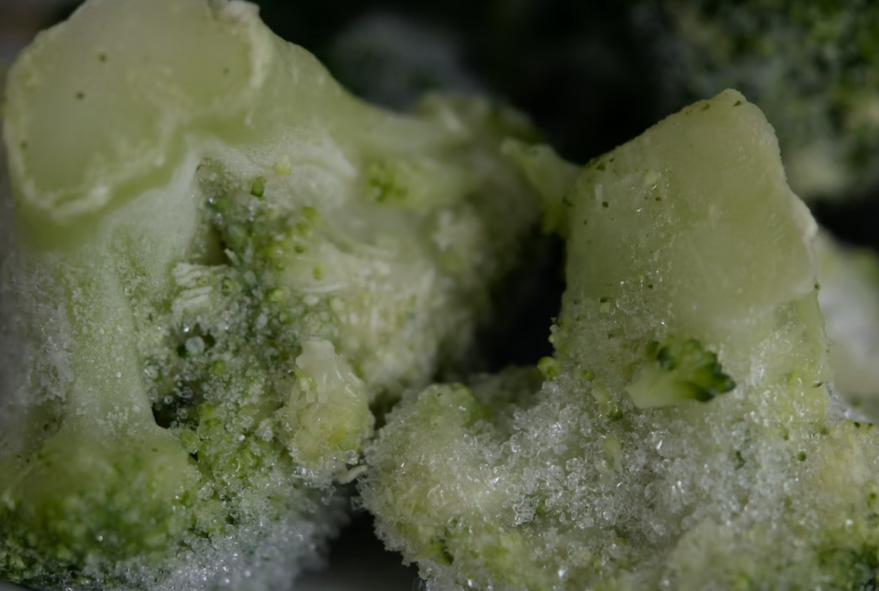
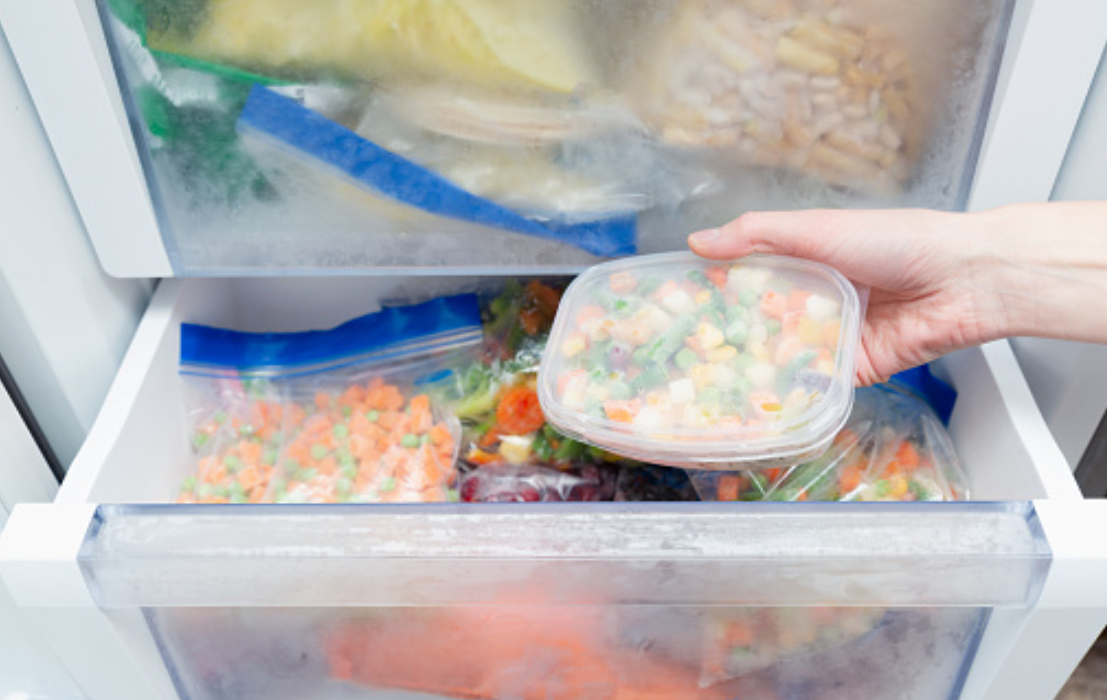
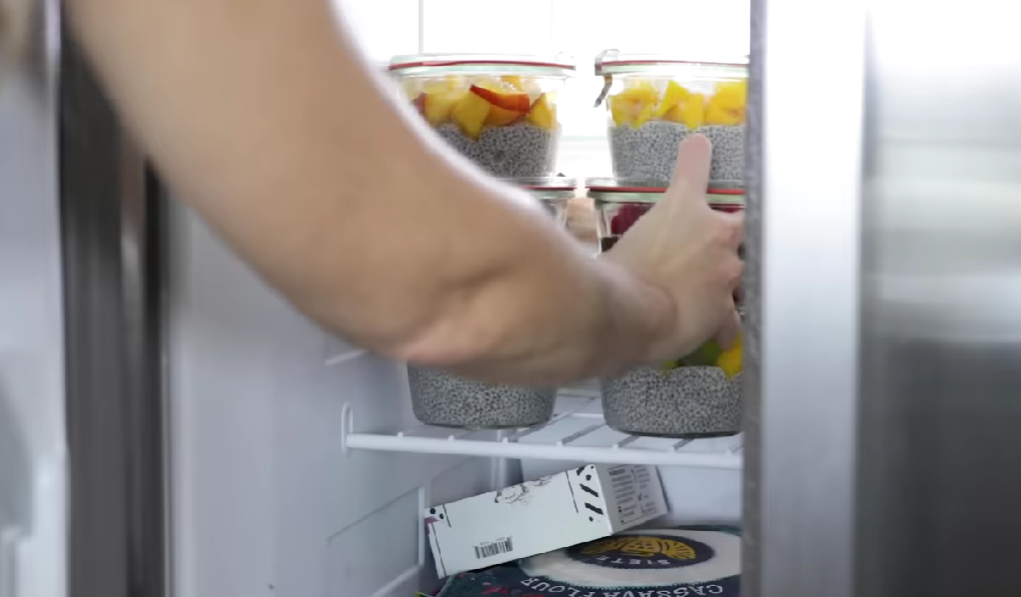

![Can you Cook Eggs in the Microwave? [Complete Guide]](/assets/images/c1f79d1cad59f18f9b5dc31403bd0eb2.png)

